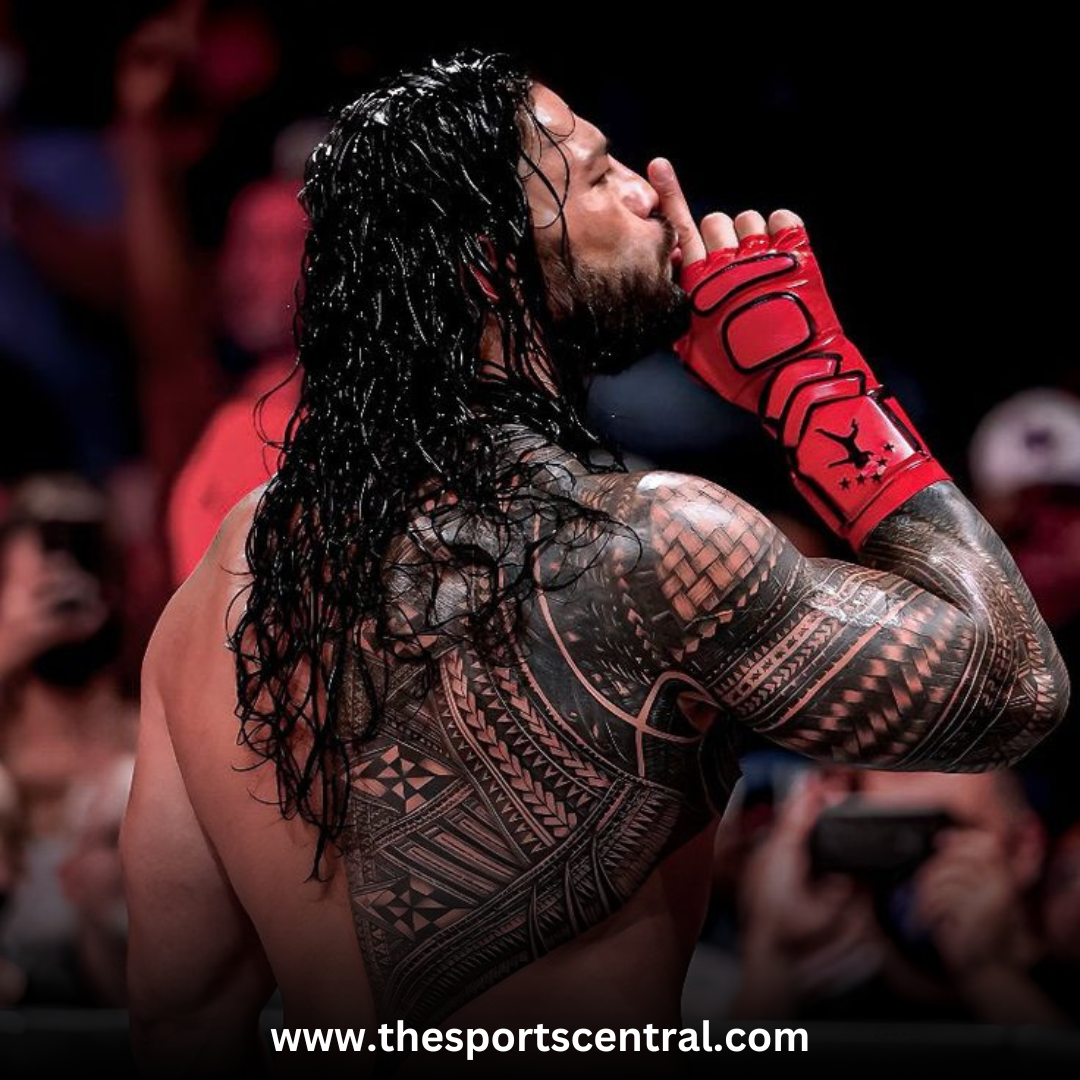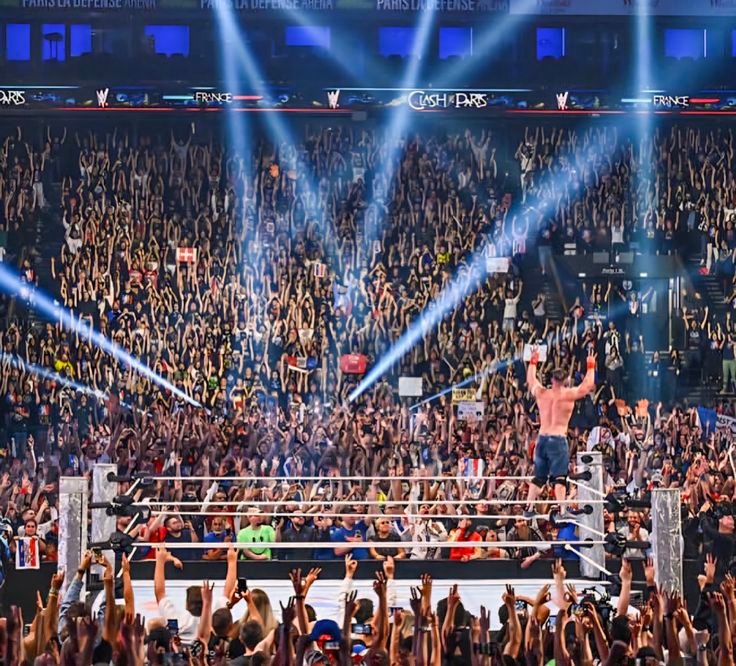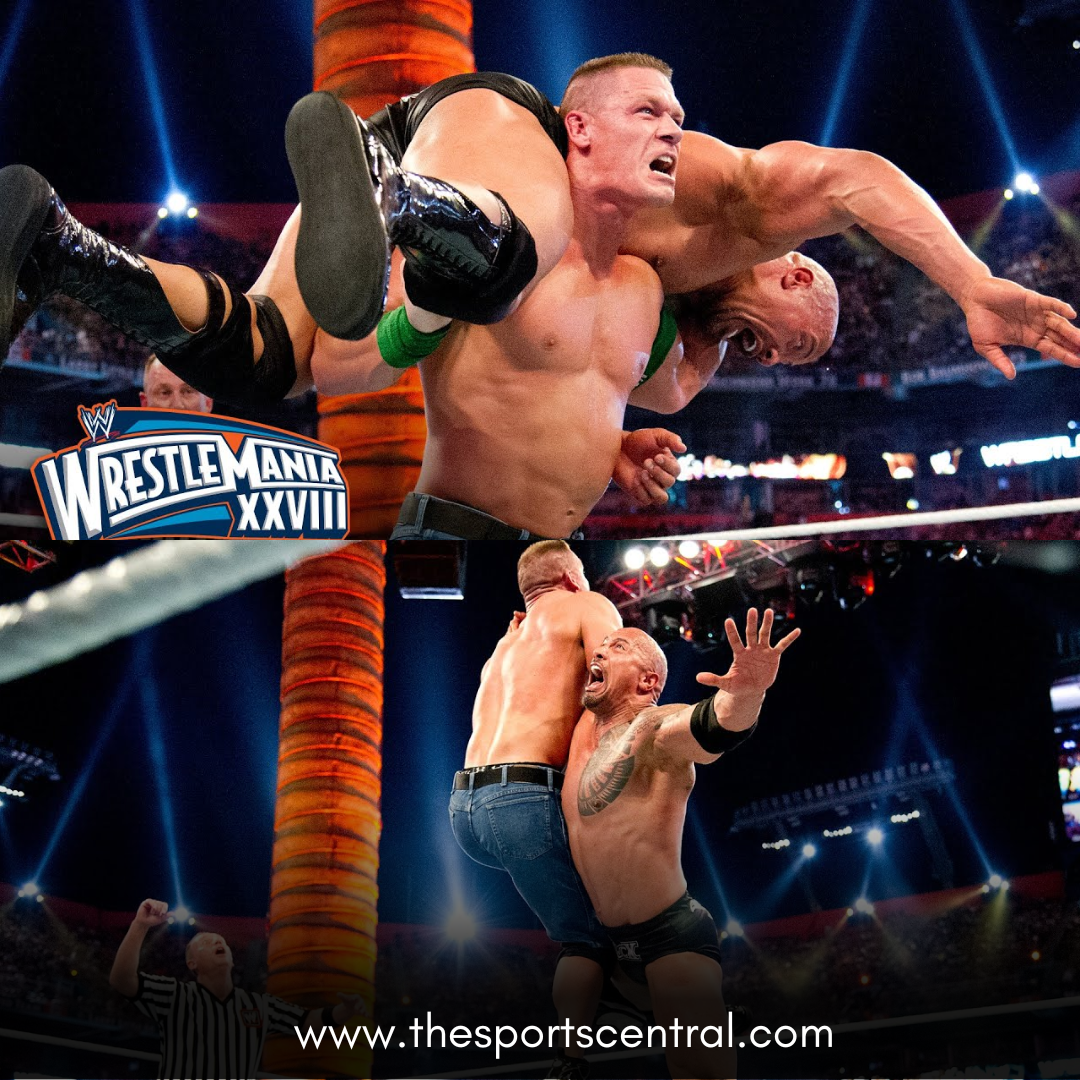Professional wrestling has captivated audiences for over a century, blending athleticism, drama, and spectacle into an art form that entertains millions around the world. WWE (World Wrestling Entertainment), the largest and most prominent wrestling organization, has become synonymous with this fusion of sport and entertainment. Yet, a recurring question often arises: “Why did WWE become fake?”
The answer to this question lies in the complex history of professional wrestling, where the sport gradually shifted from being a legitimate form of competitive fighting to a scripted form of entertainment. This transformation was driven by a variety of factors, including audience expectations, the desire for larger-than-life characters, and the economics of drawing crowds. In this article, we will explore the reasons behind professional wrestling’s transition to a “fake” sport, examine the rise of WWE, and understand how wrestling evolved into the sports-entertainment powerhouse it is today.
1. The Early Days of Professional Wrestling: Genuine Competition
In the late 19th and early 20th centuries, professional wrestling was very different from what it is today. The sport was genuine, and wrestlers were competitive fighters who faced off in legitimate contests. Wrestling events were often held in carnivals, fairs, and other public venues, where wrestlers would challenge audience members or other fighters. Catch wrestling, a popular style during this era, was a hybrid of submission holds and grappling techniques, and it was often brutal and hard-fought.
These early wrestlers were genuine athletes, skilled in grappling and holds, and the matches were often long, technical, and difficult to follow for casual spectators. While true wrestling enthusiasts appreciated the sport, the general public found it boring. Unlike boxing, which had the drama of knockouts and bloodied fighters, wrestling often lacked the excitement and flair that audiences craved.
As wrestling struggled to draw large audiences, promoters began to realize that they needed to make the sport more entertaining if they wanted to attract paying customers. The competitive nature of the matches made the outcomes unpredictable, but the matches themselves lacked the drama and spectacle that audiences were coming to expect from other forms of entertainment.
2. The Birth of “Worked” Matches: Entertainment Over Competition
By the early 1900s, wrestling promoters began to experiment with “worked” matches, in which the outcome of the contest was predetermined, but the physicality and action remained convincing. This shift toward scripted matches allowed wrestlers to create more dynamic and engaging performances, with exciting near-falls, dramatic comebacks, and high-energy finishes.
The term “kayfabe” emerged during this time, referring to the scripted nature of professional wrestling. Kayfabe is the portrayal of events in wrestling as real, including the rivalries, relationships, and outcomes of the matches, even though they are predetermined. Wrestlers and promoters would maintain kayfabe both in and out of the ring, ensuring that audiences believed what they were seeing was authentic.
This shift toward scripted wrestling, or “sports entertainment”, as it came to be known, was born out of necessity. Real wrestling matches, while skillful, often lacked the drama and pacing that audiences found engaging. By scripting matches, promoters could ensure that every bout was exciting, with twists, turns, and finishes that kept spectators on the edge of their seats.
3. The Role of Promoters and the Rise of the “Gimmick”
As the focus of professional wrestling shifted from pure competition to entertainment, promoters began to play a more significant role in shaping the direction of the sport. Promoters realized that fans were drawn to characters, storylines, and drama, as much as they were to athletic competition. As a result, wrestlers began adopting larger-than-life personas or gimmicks, which were designed to entertain and engage the audience.
These gimmicks often included exaggerated personalities, costumes, and unique moves that made each wrestler stand out. Some wrestlers portrayed heroes, known as “babyfaces” or “faces”, while others were villains, called “heels”. The dynamic between faces and heels created natural storylines, where good would battle evil, giving fans someone to root for and someone to despise.
This theatrical element made wrestling far more compelling to watch. Audiences became invested not only in the outcome of the matches but also in the ongoing rivalries and character arcs. Promoters such as Vince McMahon Sr. (the father of WWE’s Vince McMahon Jr.) and other early wrestling impresarios were quick to recognize the potential of this model, turning wrestling into a form of episodic entertainment akin to soap operas or serialized television dramas.
4. WWE’s Transformation Under Vince McMahon Jr.
When Vince McMahon Jr. took over the World Wrestling Federation (WWF) from his father in the early 1980s, he had a bold vision for the future of professional wrestling. McMahon understood that wrestling was not just a sport, but a spectacle that could appeal to a much wider audience if marketed correctly. He wanted to take wrestling out of the regional circuits and turn it into a global entertainment empire.
One of McMahon’s key moves was the rebranding of wrestling from a competitive sport to “sports entertainment”. McMahon did not shy away from acknowledging the scripted nature of wrestling, and instead leaned into it. He focused on creating captivating storylines, producing high-production-value shows, and marketing wrestling stars as celebrities. This strategy helped transform wrestling into a mainstream entertainment product.
Under McMahon’s leadership, the WWF (now WWE) exploded in popularity. Wrestlers like Hulk Hogan, Randy Savage, and The Ultimate Warrior became household names, not just for their in-ring abilities, but for their larger-than-life personas. The Rock ‘n’ Wrestling Connection, a partnership between WWF and pop culture icons like Cyndi Lauper, helped introduce wrestling to a broader, younger audience.
5. WrestleMania: The Birth of Wrestling Spectacle
A pivotal moment in the evolution of WWE (then WWF) came with the creation of WrestleMania in 1985. Vince McMahon envisioned WrestleMania as the “Super Bowl of wrestling,” a mega-event that combined the spectacle of wrestling with the grandeur of a Hollywood production. WrestleMania was the first event of its kind to be broadcast on pay-per-view, and it was a massive success.
The inaugural WrestleMania featured celebrities such as Muhammad Ali, Mr. T, and Liberace, alongside WWF’s biggest stars. The event was a clear indication that WWE had moved beyond the realm of traditional sports and fully embraced its identity as sports entertainment. From that point onward, WWE began producing increasingly elaborate events, with each year’s WrestleMania setting the bar higher for spectacle, drama, and storytelling.
6. The Influence of Television and the Monday Night Wars
The rise of cable television in the 1990s further fueled WWE’s success and solidified its transformation into scripted entertainment. WWE programming, particularly its flagship show Monday Night Raw, became a staple of television, drawing millions of viewers each week. The episodic nature of WWE’s storytelling, with cliffhangers, rivalries, and dramatic matches, made it perfect for TV.
However, WWE faced fierce competition during the Monday Night Wars, a period when World Championship Wrestling (WCW), owned by media mogul Ted Turner, became a legitimate rival. WCW’s flagship show, Monday Nitro, aired in direct competition with WWE’s Monday Night Raw, leading to a ratings battle that pushed both companies to innovate and escalate their storytelling.
During this period, WWE introduced its most iconic era, the Attitude Era, which featured edgier, more adult-oriented content. Wrestlers like Stone Cold Steve Austin, The Rock, and D-Generation X became symbols of this new, rebellious era of wrestling. The storylines were more outrageous, the characters more complex, and the matches more violent. This era saw WWE fully embrace the scripted nature of wrestling, with the entertainment value often taking precedence over the athleticism.
The Monday Night Wars ended in 2001 when WWE purchased WCW, effectively ending the competition. This marked the beginning of WWE’s monopoly on mainstream professional wrestling, but also solidified its approach as a form of scripted entertainment.
7. The Blurring of Reality and Fiction: The Role of Kayfabe
One of the reasons WWE’s scripted nature became so ingrained in the culture of professional wrestling is the concept of kayfabe, which refers to the portrayal of scripted events as real. Wrestlers and promoters were expected to maintain kayfabe at all times, both inside and outside the ring. For decades, the wrestling industry upheld kayfabe, keeping the scripted nature of matches and storylines a closely guarded secret.
However, as the internet and social media gave fans more access to behind-the-scenes information, maintaining kayfabe became increasingly difficult. In the 1990s and 2000s, WWE began to break kayfabe more openly, acknowledging the scripted elements of its programming while still keeping certain aspects of storytelling immersive and believable.
Today, WWE continues to blur the lines between reality and fiction, using real-life events and rivalries to inform its storylines. While fans are fully aware that the outcomes of matches are predetermined, they are still drawn to the drama, athleticism, and spectacle that WWE provides.
8. Why Did WWE Become Fake?
To understand why WWE became “fake,” it’s essential to recognize that professional wrestling’s shift from genuine competition to scripted entertainment was driven by several factors:
- Audience Demand for Entertainment: Real wrestling matches, while athletic, often lacked the drama and excitement that audiences craved. By scripting matches and adding storylines, promoters could guarantee a more engaging experience.
- Economic Viability: Wrestling had to evolve to survive as a commercial product. Scripted matches allowed promoters to control the pacing, outcomes, and rivalries, which in turn made wrestling more marketable and profitable.
- Theatrical Elements: Wrestling’s transformation into sports entertainment introduced larger-than-life characters, gimmicks, and storylines, which drew in a wider audience. WWE embraced its role as an entertainment product, incorporating elements of theater, drama, and spectacle.
- Kayfabe and Suspension of Disbelief: For decades, wrestling operated under the guise of kayfabe, where the scripted nature of the sport was hidden. As audiences became more aware of the scripted nature, WWE adapted by leaning into its entertainment aspects.
9. WWE Today: Balancing Entertainment and Athleticism
Today, WWE stands as a global entertainment empire, with millions of fans worldwide tuning in to watch scripted matches, intense storylines, and dramatic feuds. While the outcomes are predetermined, the athleticism of the performers is real. Wrestlers must maintain peak physical condition, and the matches, though choreographed, require immense skill and coordination.
WWE’s influence has extended far beyond the ring, with its superstars becoming media icons, actors, and influencers. Wrestlers like Dwayne “The Rock” Johnson and John Cena have successfully transitioned into mainstream entertainment, becoming Hollywood celebrities.
Conclusion
WWE became “fake” not out of deception, but out of necessity. The transition from real, competitive wrestling to scripted sports entertainment was driven by the need to appeal to a broader audience and create a more engaging, marketable product. Wrestling, at its core, is about storytelling, and by embracing the scripted nature of its matches, WWE has built a legacy that combines athleticism with spectacle.
The evolution of WWE reflects the changing nature of entertainment itself—where the lines between reality and fiction blur, and the thrill of the show is just as important as the physical feats performed in the ring. Though the outcomes are predetermined, the passion of the performers and the excitement of the fans are very real, making WWE one of the most unique and enduring forms of entertainment in the world today.










